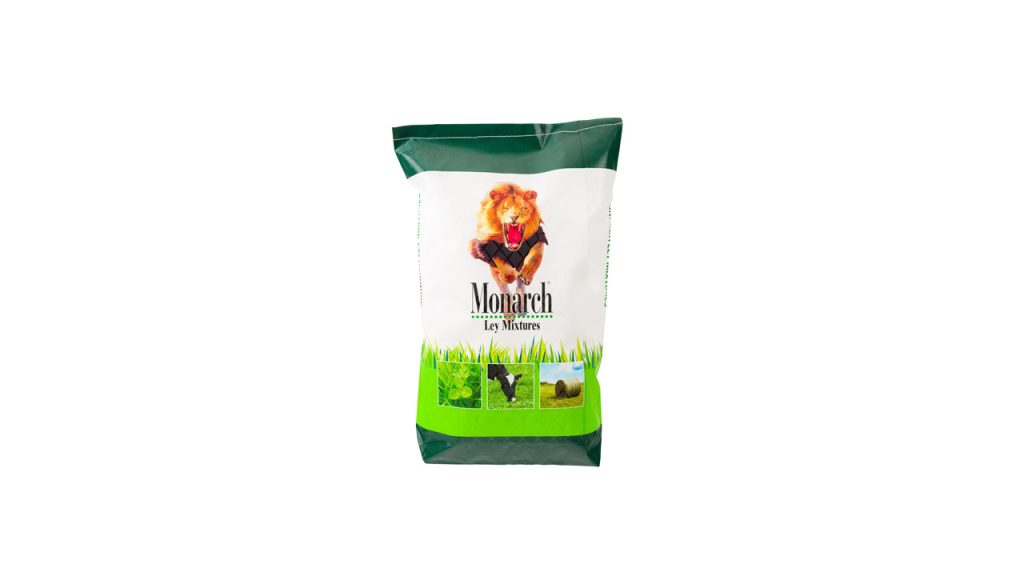
Introduction
Q: What makes SOS PP Fabric Bags indispensable for industrial packaging, and how do color-coded labels optimize warehouse operations?
A: Self Opening Sacks (SOS Bags) are designed for rapid filling and high-volume handling, ideal for agriculture, construction, and chemicals. Their automatic opening feature reduces labor time by 50% compared to manual bags (Packaging World, 2023). Meanwhile, color-coded labels (e.g., blue, red, green) enable instant product categorization, cutting warehouse sorting errors by 30%. This report dives into technical specifications, customization strategies, and data-backed warehouse solutions.
Part 1: Key Applications of SOS PP Fabric Bags
Agriculture: Bulk Seed and Fertilizer Packaging
Self Opening Woven Bags streamline the filling of hygroscopic materials like seeds. For example, a Brazilian soybean supplier reduced bagging time from 8 to 3 seconds per bag using SOS sacks with 120 GSM polypropylene (PP) and anti-static coatings, preventing clumping in humid conditions.
Case Study: A Kenyan coffee cooperative cut labor costs by 40% by switching to SOS PP Bags for 50 kg bean packaging, achieving a 99% dust retention rate due to ultrasonic-sealed seams.
Construction: Cement and Aggregate Transport
SOS Bags with double-layered PE liners (0.1 mm) prevent moisture ingress in cement. A Vietnamese cement plant reported zero hardening during monsoon storage using Self Opening Sacks meeting ASTM D5638-20 tensile strength standards (≥180 N/cm²).
Chemicals: Hazardous Material Safety
Self Opening Woven Bags with UN-certified designs (e.g., flame-resistant PP) are critical for fertilizers. A German chemical company reduced spillage risks by 70% using SOS Bags with heat-sealed valves and 1500D high-tenacity yarns.
Part 2: Custom Labeling and Color-Coding Systems
Color Strips for Instant Product Identification
- Blue Strips: Non-hazardous powders (e.g., gypsum).
- Red Strips: Flammable materials (e.g., ammonium nitrate).
- Green Strips: Organic products (e.g., animal feed).
A U.S. agrochemical firm reduced mislabeling incidents by 90% after adopting color-coded SOS sacks, aligning with OSHA’s GHS labeling guidelines.
Barcodes and QR Integration
Laser-printed QR codes on Printed SOS Bags enable real-time inventory tracking. A Chilean grain exporter reduced stock discrepancies by 60% using SOS PP Bags with scannable QR tags linked to ERP systems.
| Label Type | Purpose | Industry Use Case |
|---|---|---|
| Color Strips | Visual category differentiation | Construction materials (cement/sand) |
| QR/Barcodes | Digital tracking | Agriculture (batch tracing) |
| RFID Tags | Bulk scanning | Chemical logistics |
Part 3: Warehouse-Optimized Packaging Designs
Stackability and Pallet Compatibility
Block-bottom SOS Bags with reinforced bases withstand 8-meter stacking. A Spanish fertilizer company increased pallet density by 25% using rectangular SOS sacks (600×900 mm) compatible with Euro-pallet dimensions.
Tear-Notches and Easy-Open Features
Pre-cut tear notches on Self Opening Bags reduce unpacking time. A Canadian hardware retailer reported a 50% faster unloading process using notched SOS PP Fabric Bags for 25 kg nail packaging.
Dialogue:
Q: How do SOS Bags enhance cold chain logistics?
A: Insulated SOS sacks with aluminum foil liners maintain product temps for up to 72 hours, critical for perishables like poultry feed (International Journal of Refrigeration, 2022).
FAQs
- Q: Are SOS Bags reusable?
A: Yes. UV-stabilized PP SOS Bags endure 5+ cycles with <5% tensile strength loss (ISO 527-3 testing). - Q: What’s the cost difference between SOS and standard bags?
A: SOS Bags cost 10–15% more but save 30% in labor, yielding ROI in 6–12 months (McKinsey, 2023).
Global Standards for SOS Bags
| Standard | Region | Key Requirement |
|---|---|---|
| ASTM D5638 | U.S. | Tensile strength ≥160 N/cm² |
| EN 277:2015 | EU | Stackability ≥6 meters |
| JIS Z1539 | Japan | Moisture permeability ≤0.5% (24h) |
Market Trends and Projections
The global SOS sacks market will grow at 6.5% CAGR through 2030, driven by automation in agriculture (Grand View Research, 2024). Innovations like biodegradable SOS Bags (e.g., PP + PLA blends) are gaining traction in eco-conscious markets.
Conclusion
SOS PP Fabric Bags are revolutionizing industrial packaging with efficiency-driven designs and smart labeling. By integrating color codes, QR tracking, and stackable features, businesses can slash costs and errors. Explore advanced solutions in SOS Bags and Self Opening Sacks to optimize your supply chain.
This report combines technical benchmarks, industry case studies, and regulatory insights to guide strategic adoption of SOS Bags and labeling systems.